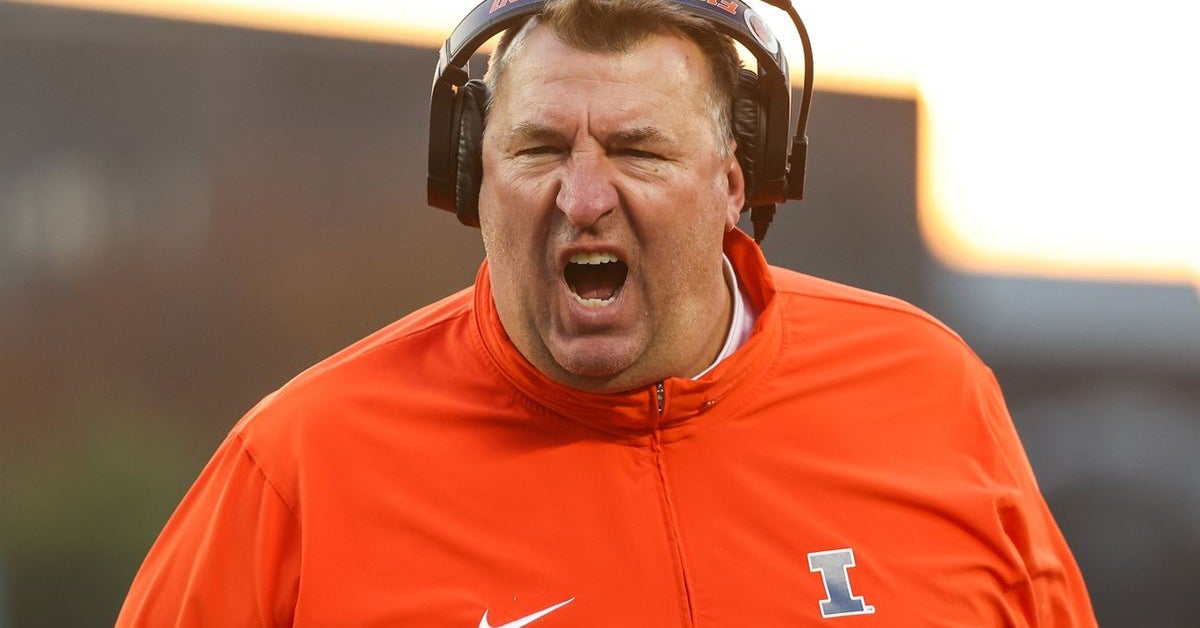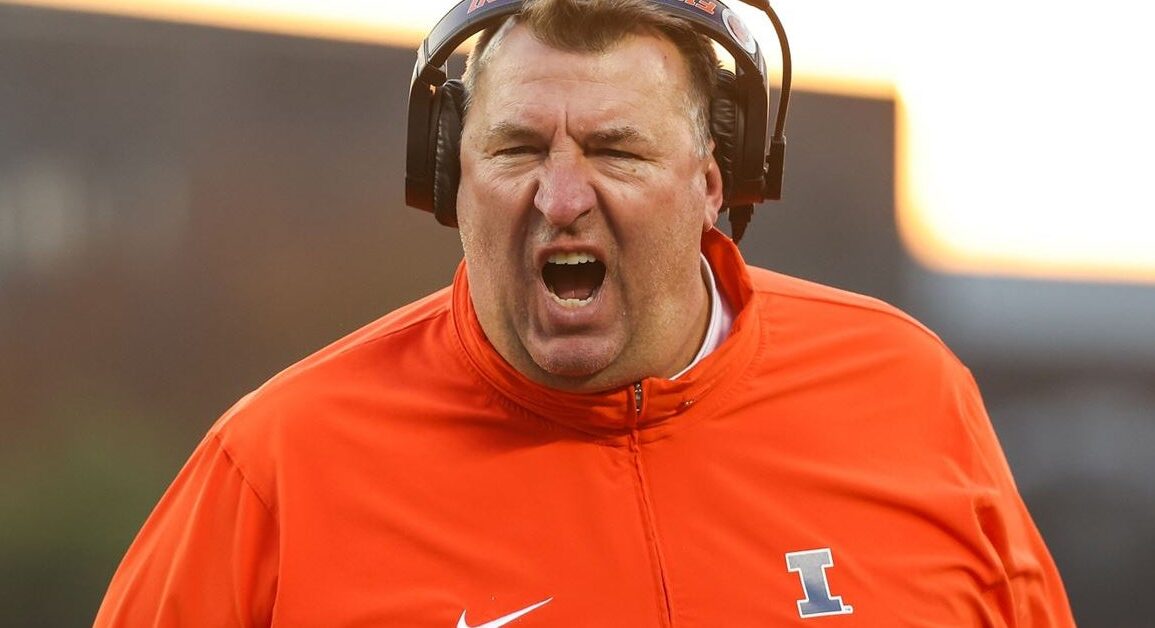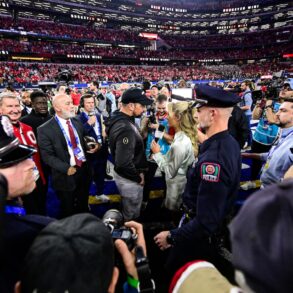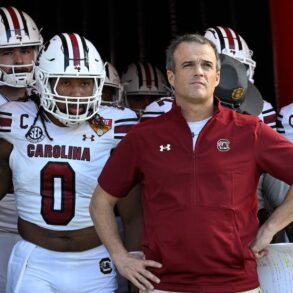
Illinois’ Bret Bielema is the second Big Ten coach in the last month to sound the alarms on exorbitant NIL spending in college football, and he echoed the estimates that some rosters could measure in the $40 million range during the 2025 season. Uncapped NIL expenditures may soon be a thing of the past as the House v. NCAA settlement nears with new guardrails, but in the interim, Bielema warned that the gap between the richest and poorest college football programs is as wide as ever.
Bielema’s outcry follows a similar warning from Indiana’s Curt Cignetti, who in April told CBS Sports that five or six programs have “unlimited NIL resources” and rosters commanding as much as $40 million. Cignetti specifically pointed to Ohio State, Texas, Miami, Notre Dame and Texas Tech as the biggest spenders.
“You’re going to see teams this year in college football — just because I know the landscape that I’m dealing with — that are probably in the neighborhood of 30-35, maybe even some of them close to $40 million rosters, which is insanity at its best, but it’s also awesome for our kids,” Bielema said on SiriusXM Big Ten Radio. “Last year, we finished fifth in our 18-team conference. We had about a $5 million pool that we were working off of, but the four teams ahead of us, I think, were north of $20 million. You can pull that off once in a while, but to pull that off year in and year out is just not in the deck of cards that we’re dealt.”
In his fourth season at Illinois, Bielema led the Fighting Illini to their best year in more than two decades. It was just the fifth 10-win season in program history and the first since 2001, and that success came within the context that Illinois spent far less in NIL money than some of its Big Ten counterparts.
“Whether we’re all shopping at Walmart or Louis Vuitton, as long as we’re all shopping in the same mall, I can live with that,” said Bielema. “But we have to be able to have some type of parameters to make sure that makes it consistent for everybody.”
Change is likely on the horizon and projects to level the playing field, fulfilling Bielema’s desires. The House settlement would allow schools to directly pay their student-athletes for the first time in NCAA history, starting on July 1. Each university’s revenue-sharing formula would be capped at $20.5 million, with the pool increasing by 4% annually during the 10-year agreement.
RELATED (VIP): How much is too much for a HS OT? CFB sources sound off on Jackson Cantwell’s massive NIL deal with Miami
The establishment of an NIL clearinghouse would then permit only legitimate endorsements and prevent schools from attempting to circumvent college football’s new quasi-salary cap.
This post was originally published on this site be sure to check out more of their content.







